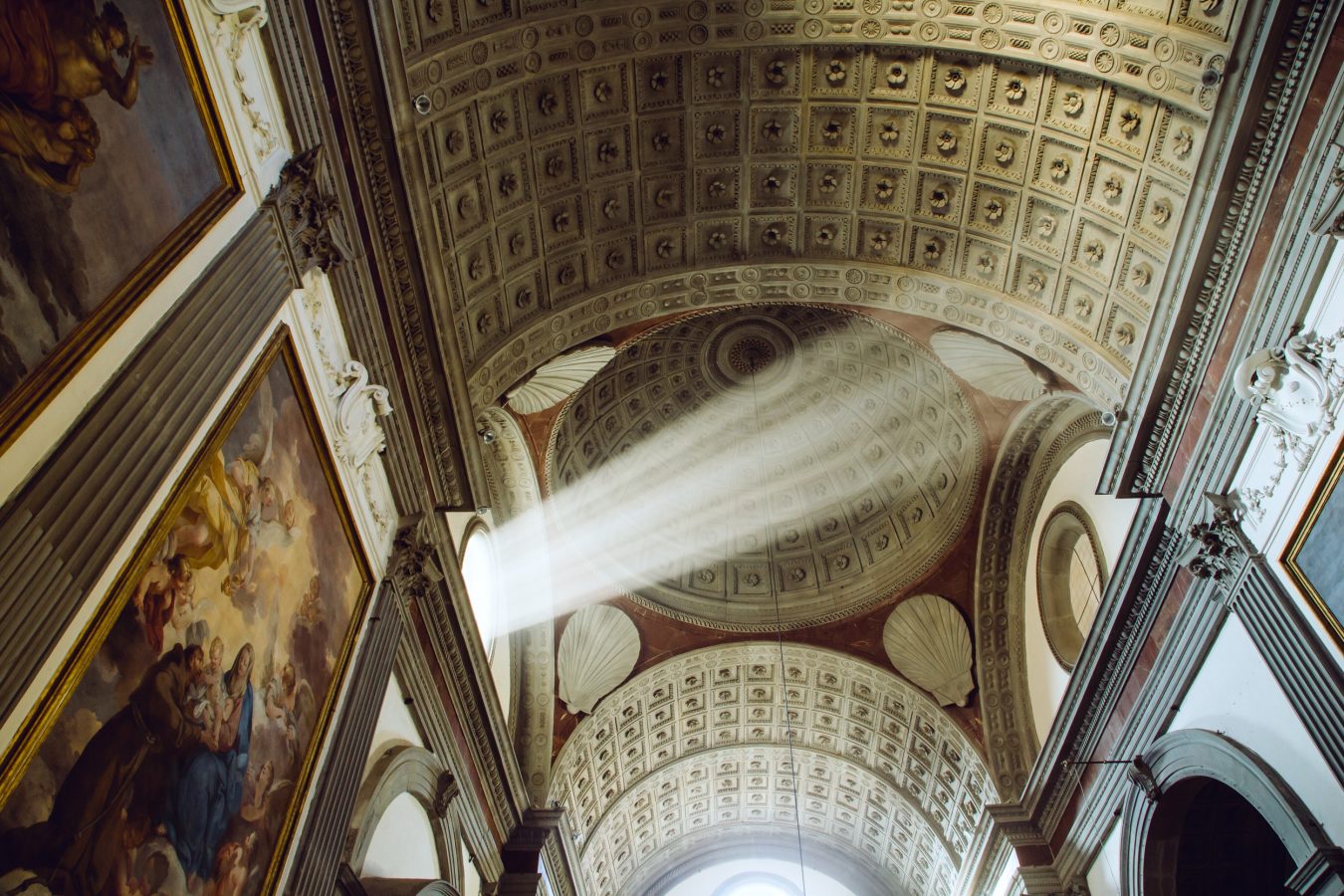The Basilica of the Madonna dell’Umiltà, located in Pistoia, is one of the most important religious attractions of the city. Built in the fifteenth century, the basilica is famous for its Gothic architecture and for its works of art, including a panel depicting the Virgin Mary by the painter Jacopo della Quercia.
The basilica was built in honor of the Virgin Mary, and its origin dates back to 1444, when a group of faithful decided to build a church dedicated to Our Lady of Humility. The church was then enlarged over the years and was completed in 1568, with the intervention of Giorgio Vasari, who created the imposing dome, today one of the religious and architectural symbols of the city of Pistoia.
The Rospigliosi family contributed to providing the basilica with rich works of art. During the 1600s the prestige of the Rospigliosi was entrusted to a considerable series of liturgical objects that the family donated to the Treasury of the Madonna which emulated the Treasury of San Jacopo in terms of wealth.
The facade of the basilica features a number of Gothic elements, including a rose window and two large windows. Inside, the vaulted ceiling is decorated with frescoes by the Pistoia painter Giovanni della Robbia. Among the works of art in the basilica, the panel depicting the Virgin Mary stands out, the work of the painter Jacopo della Quercia. The table, placed above the high altar, is considered a masterpiece of Renaissance art.

